H.R. 4704: Rotary-wing Operator Toxic Occupational Research Act
This bill, titled the Rotary-wing Operator Toxic Occupational Research Act (or ROTOR Act), mandates a study focusing on the health risks, specifically cancer prevalence and mortality rates, among military rotary-wing pilots and aviation support personnel. Here’s a breakdown of what the bill intends to accomplish:
Study Requirement
The Director of the Defense Health Agency (DHA), working with the National Institutes of Health and the National Cancer Institute, is directed to conduct a two-phase study among individuals who have served as aircrew members of military rotary-wing aircraft since February 28, 1961.
Initial Phase of the Study
The initial phase aims to determine if there is a higher occurrence or mortality rate from specific types of cancer among covered individuals compared to similarly aged individuals in the general population. The cancers to be investigated include:
- Brain cancer
- Breast cancer
- Colon and rectal cancer
- Kidney cancer
- Lung cancer
- Melanoma
- Non-Hodgkin's lymphoma
- Ovarian cancer
- Pancreatic cancer
- Prostate cancer
- Testicular cancer
- Urinary bladder cancer
A report detailing the findings from this initial phase must be submitted to Congress within one year of the bill's enactment.
Second Phase of the Study
If the initial findings indicate higher cancer rates among the covered individuals, a second phase will be conducted. This phase will focus on:
- Identifying carcinogenic toxins or hazardous materials related to military rotary-wing aircraft operations, including substances like fumes and fuels.
- Examining any excessive exposure to non-ionizing radiation from operating environments such as airborne, ground, or shipboard radars.
- Identifying other potential carcinogenic exposures not linked to rotary-wing aircraft operations, including service-related exposures such as burn pits, contaminated water, or hazardous soil.
A report on the findings of this second phase must be submitted within one year after the report from the first phase.
Data Collection and Sources
All data gathered throughout the study will be formatted similarly to data from the Surveillance, Epidemiology, and End Results (SEER) program, which tracks cancer statistics. The study will utilize various data sources, including:
- The SEER program's database
- Previous studies relevant to the military health context
Definitions of Key Terms
The bill includes definitions for important terms like:
- Covered individual: A person who served as an aircrew member of a military rotary-wing aircraft and receives health care benefits under Title 10 of the United States Code.
- Covered Armed Force: Includes branches like the Army, Navy, Marine Corps, Air Force, or Space Force.
- Appropriate Congressional Committees: The Committees on Armed Services and Veterans’ Affairs of both the House of Representatives and the Senate.
Relevant Companies
None found.
This is an AI-generated summary of the bill text. There may be mistakes.
Sponsors
19 bill sponsors
-
TrackRichard McCormick
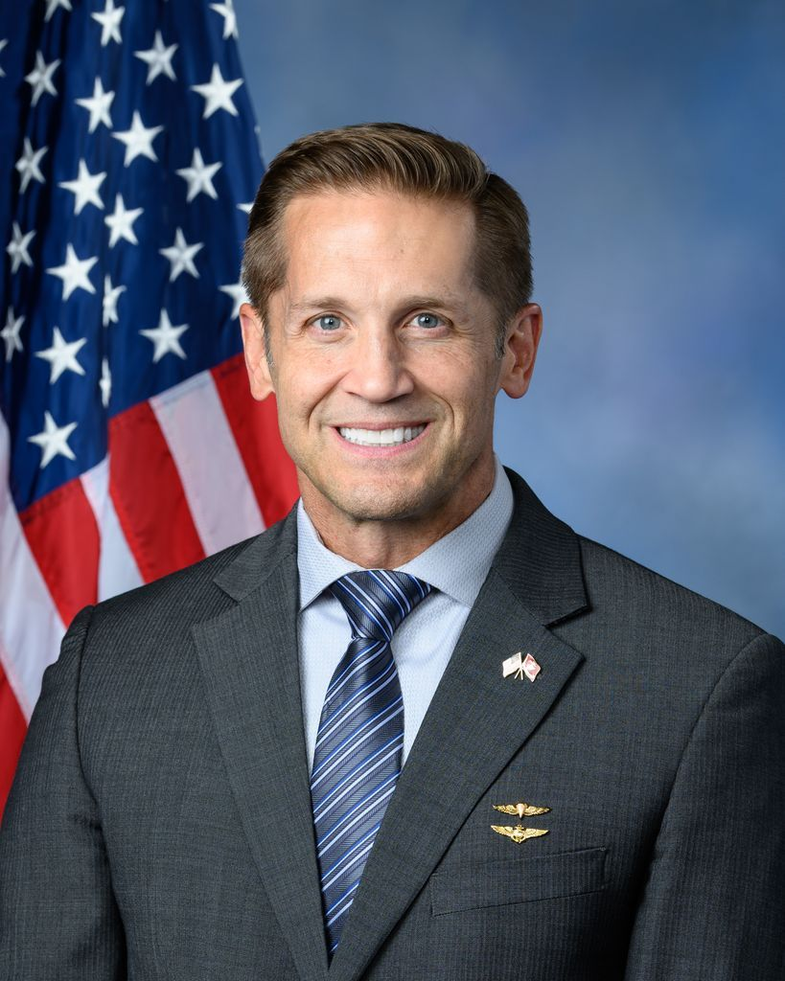
Sponsor
-
TrackDon Bacon
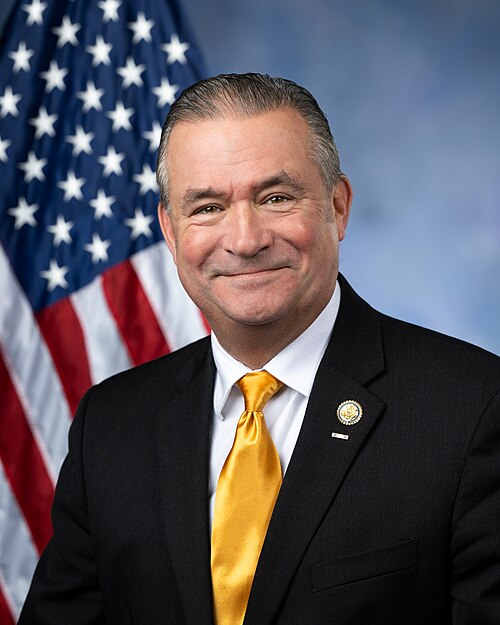
Co-Sponsor
-
TrackJason Crow

Co-Sponsor
-
TrackDonald G. Davis

Co-Sponsor
-
TrackChristopher R. Deluzio

Co-Sponsor
-
TrackBrad Finstad
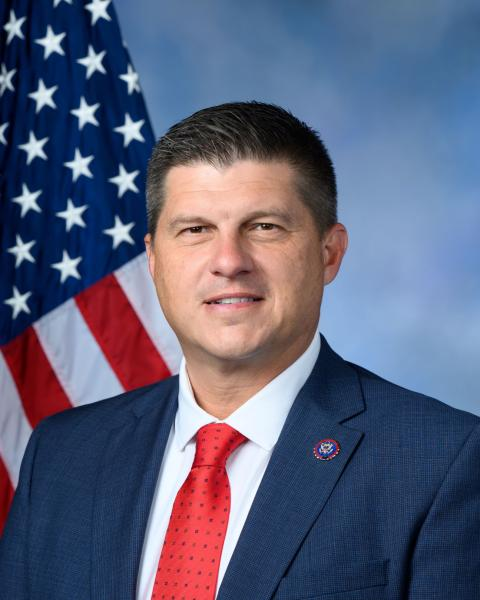
Co-Sponsor
-
TrackJared F. Golden
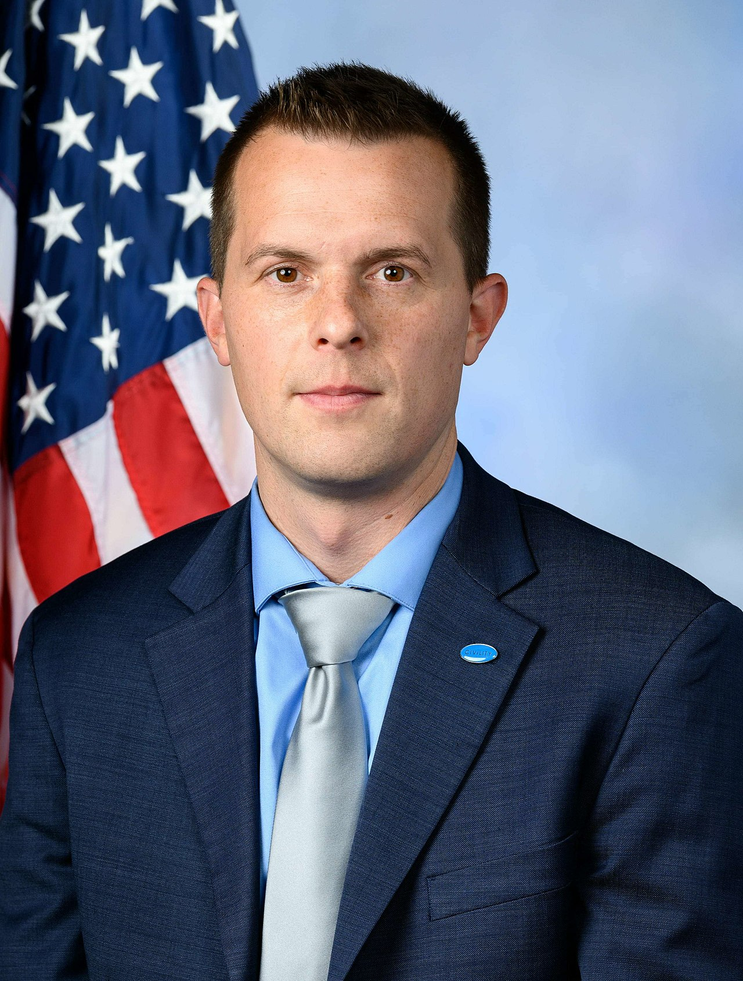
Co-Sponsor
-
TrackRo Khanna
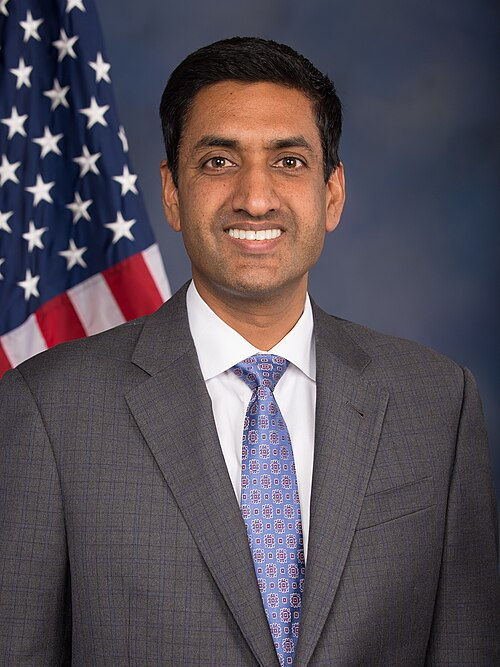
Co-Sponsor
-
TrackJennifer Kiggans
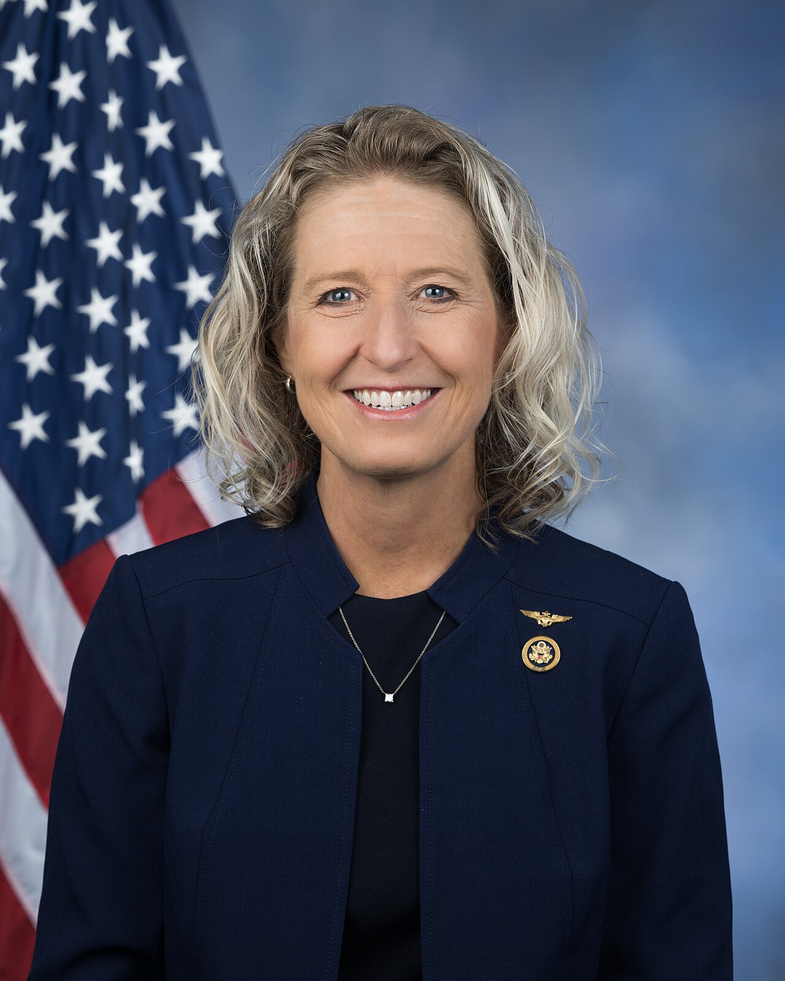
Co-Sponsor
-
TrackNick LaLota
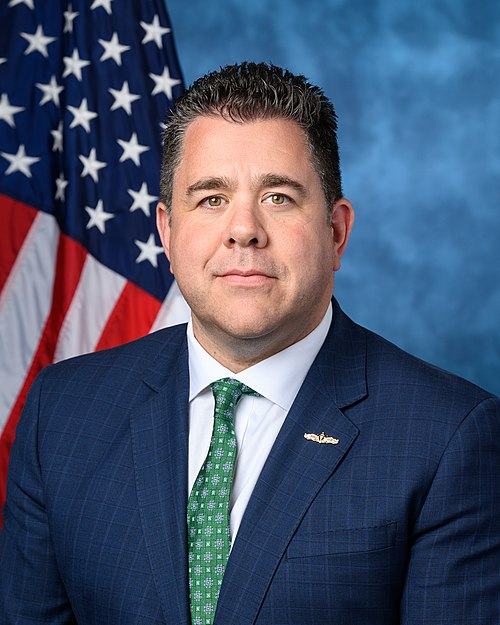
Co-Sponsor
-
TrackSusie Lee

Co-Sponsor
-
TrackMorgan Luttrell
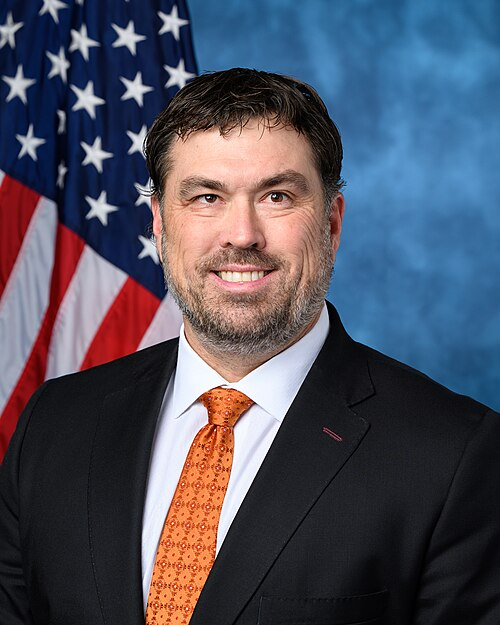
Co-Sponsor
-
TrackMichael T. McCaul

Co-Sponsor
-
TrackSeth Moulton
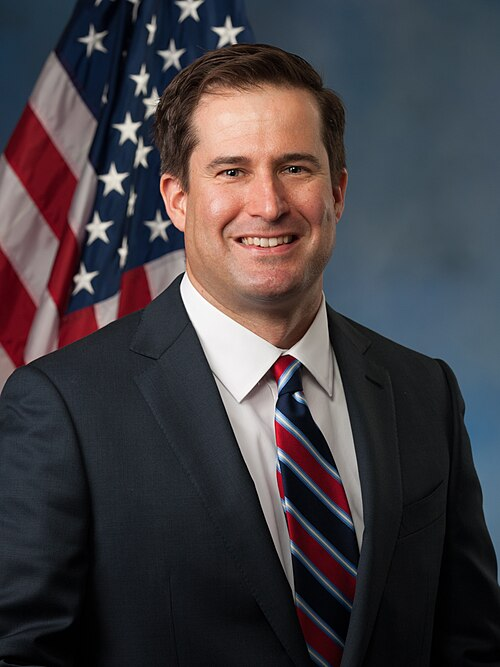
Co-Sponsor
-
TrackAugust Pfluger
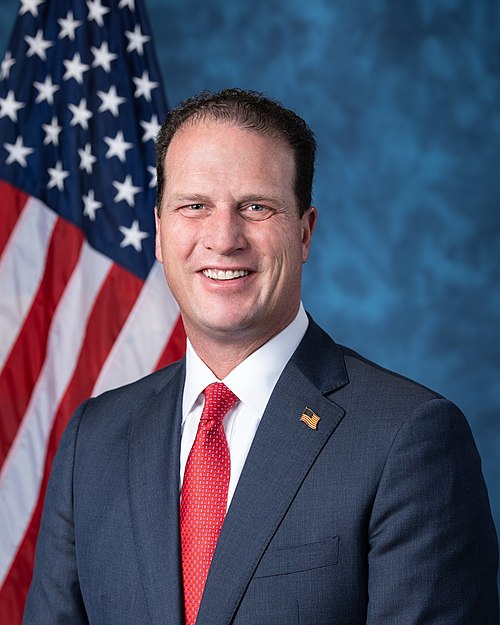
Co-Sponsor
-
TrackDerek Tran
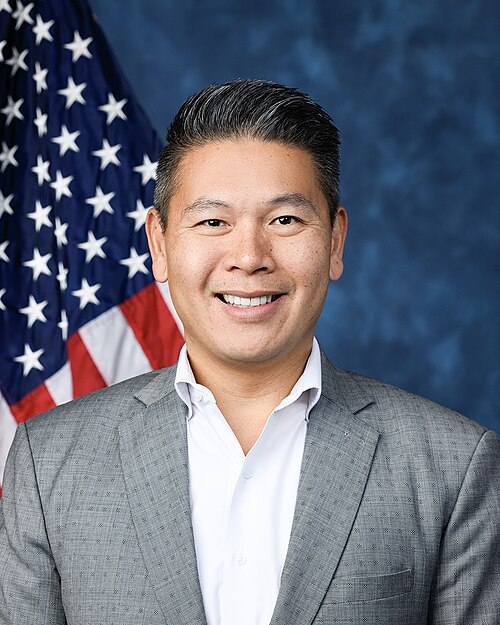
Co-Sponsor
-
TrackBeth Van Duyne

Co-Sponsor
-
TrackEugene Vindman
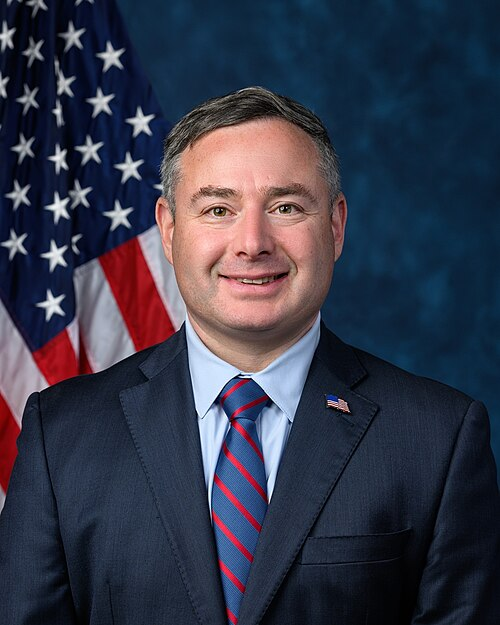
Co-Sponsor
-
TrackRobert J. Wittman

Co-Sponsor
Actions
2 actions
| Date | Action |
|---|---|
| Jul. 23, 2025 | Introduced in House |
| Jul. 23, 2025 | Referred to the House Committee on Armed Services. |
Corporate Lobbying
0 companies lobbying
None found.
* Note that there can be significant delays in lobbying disclosures, and our data may be incomplete.
Potentially Relevant Congressional Stock Trades
No relevant congressional stock trades found.